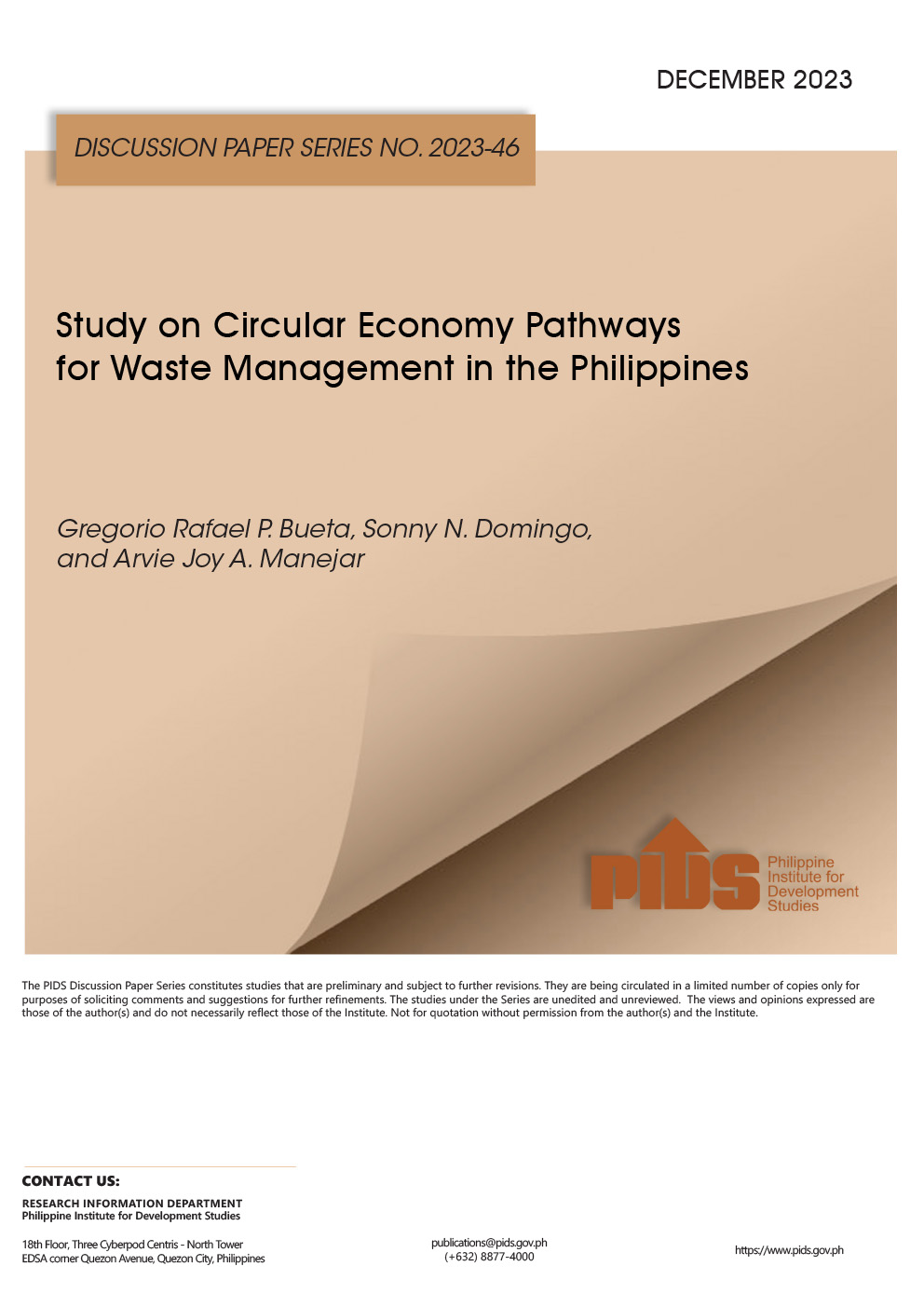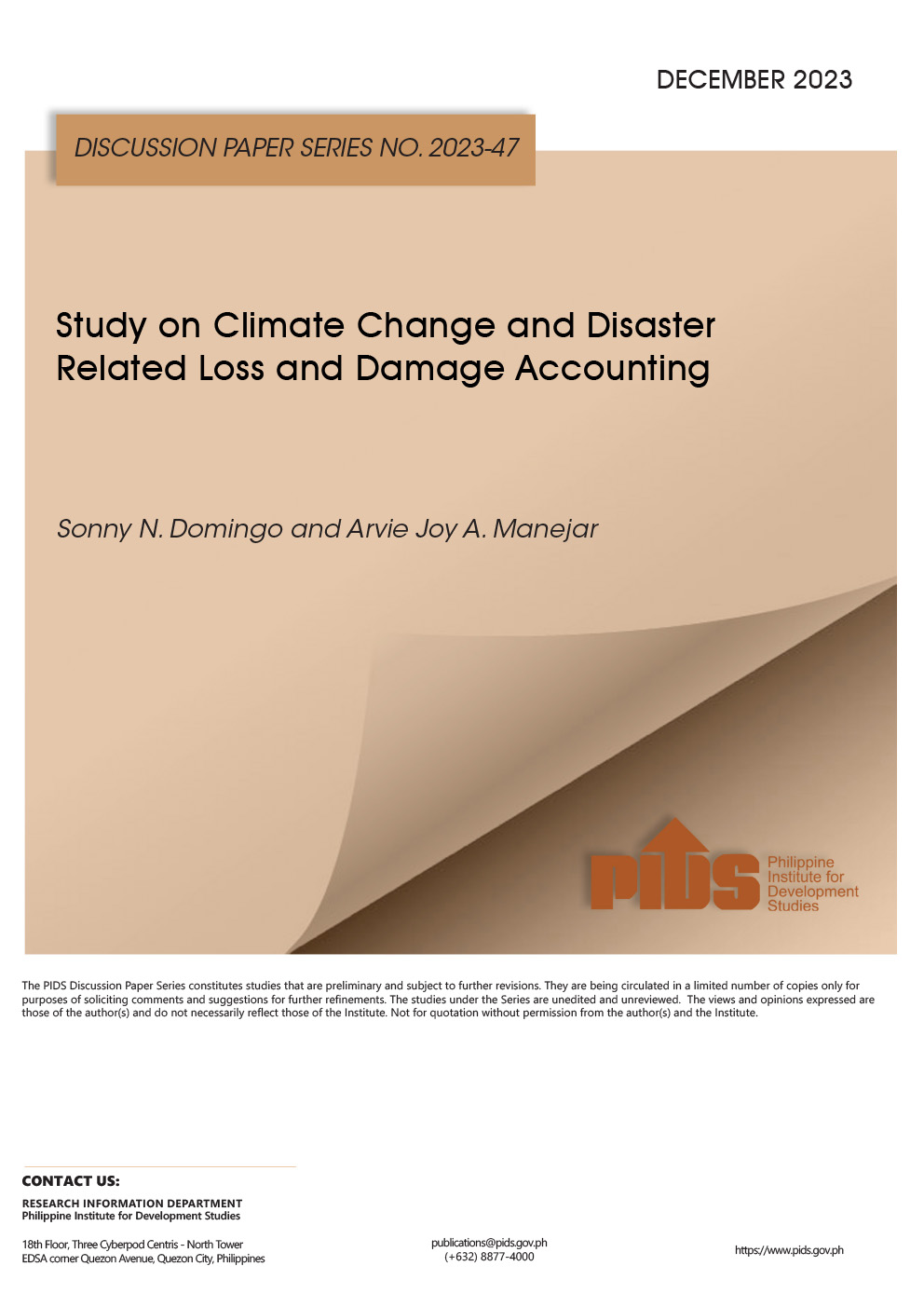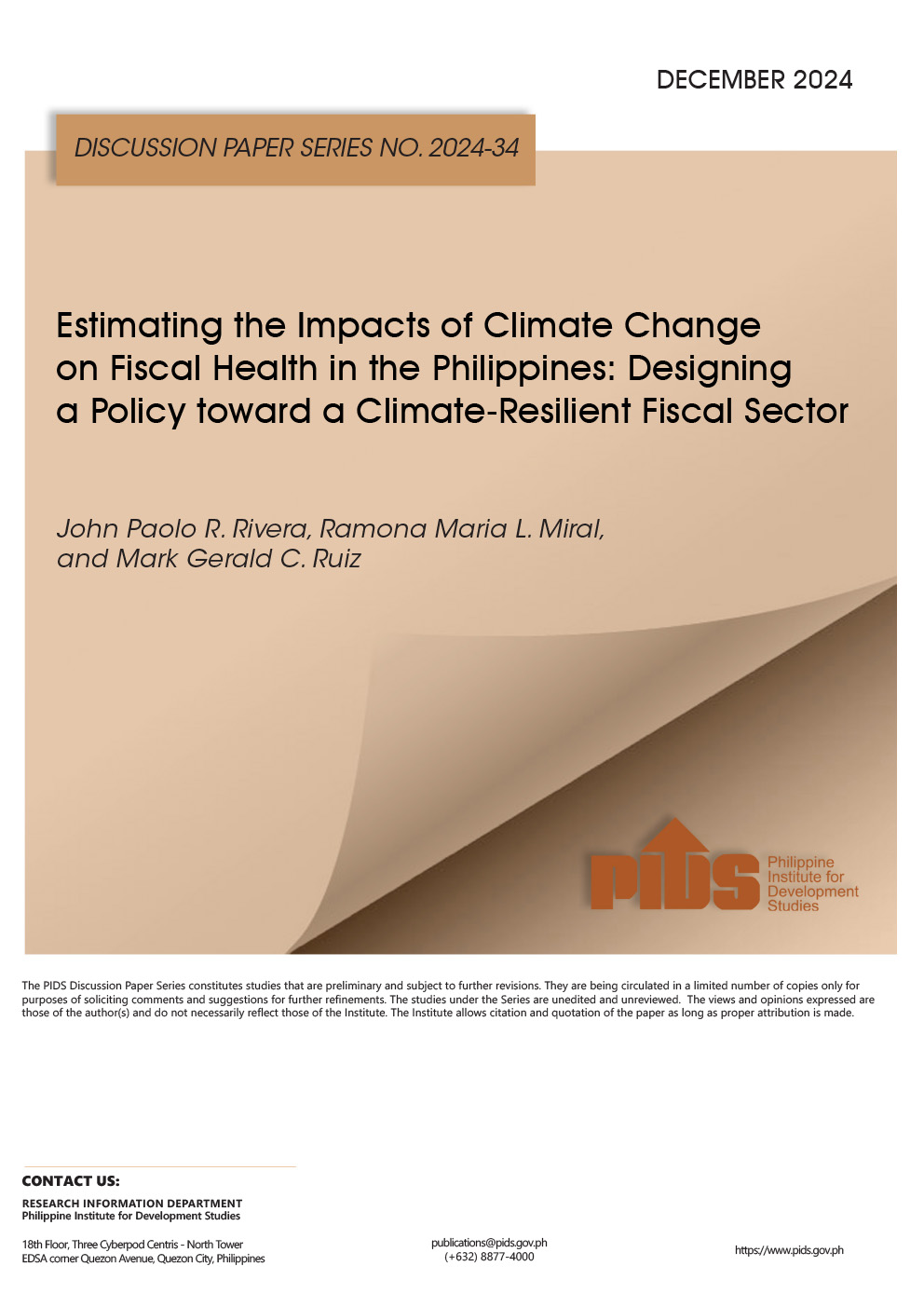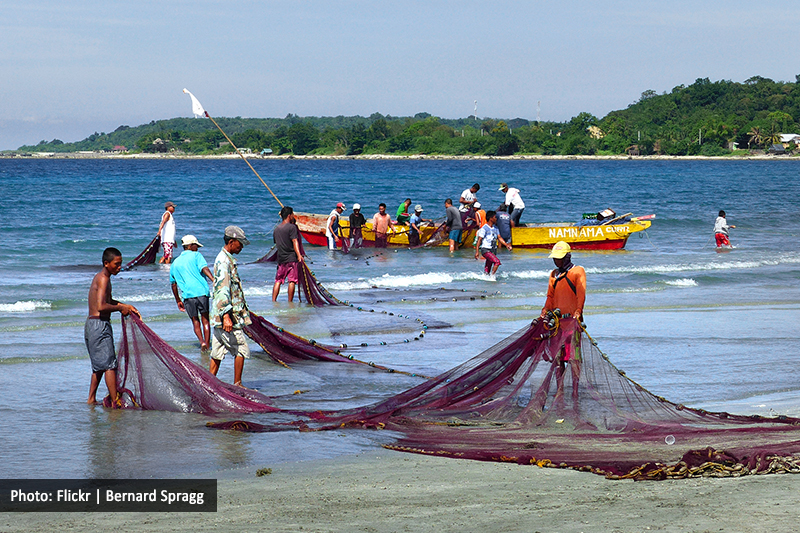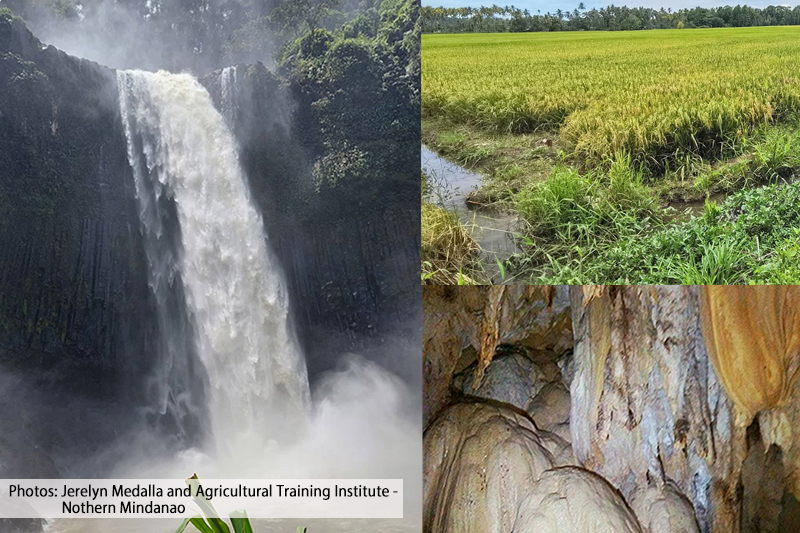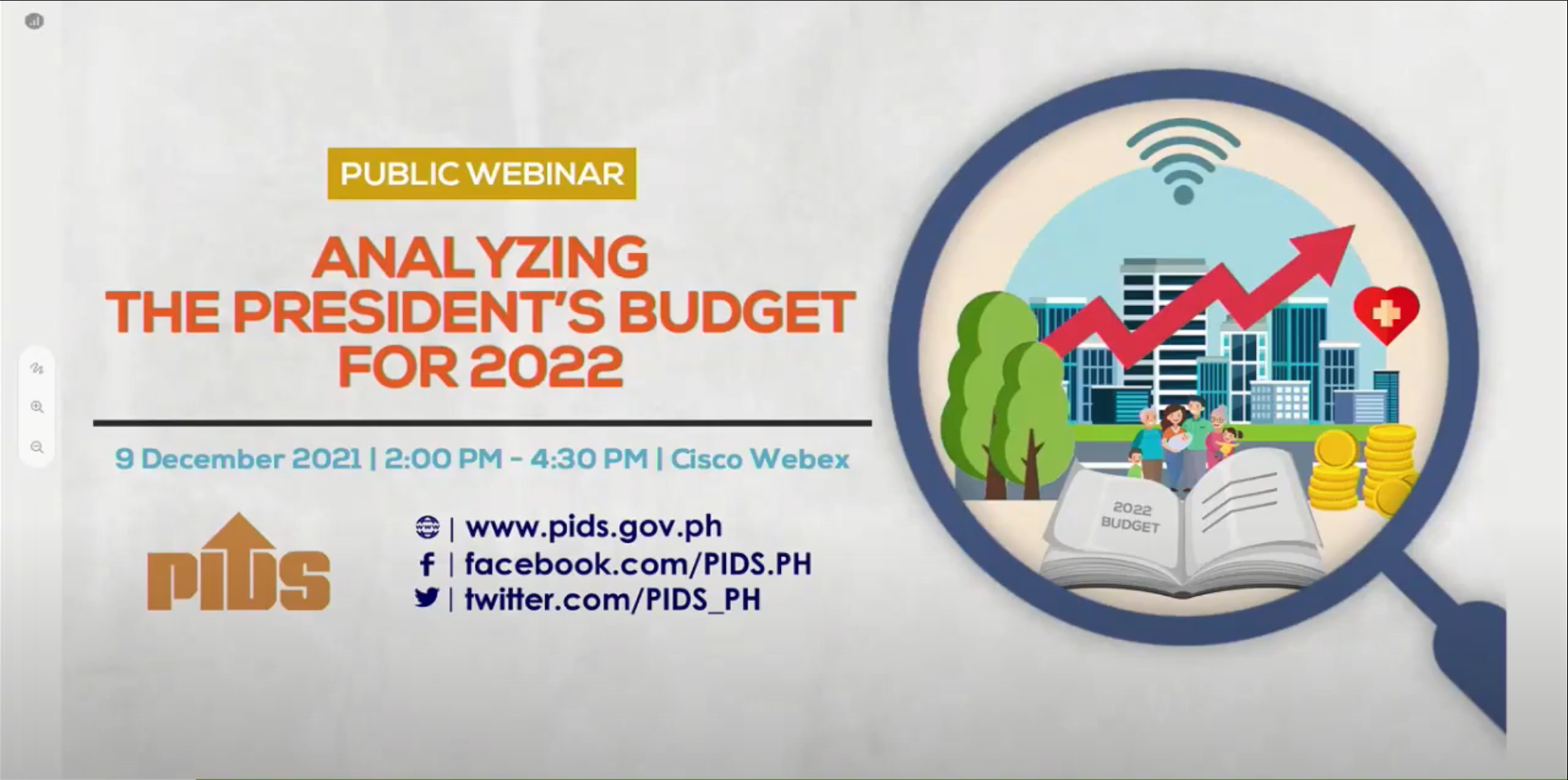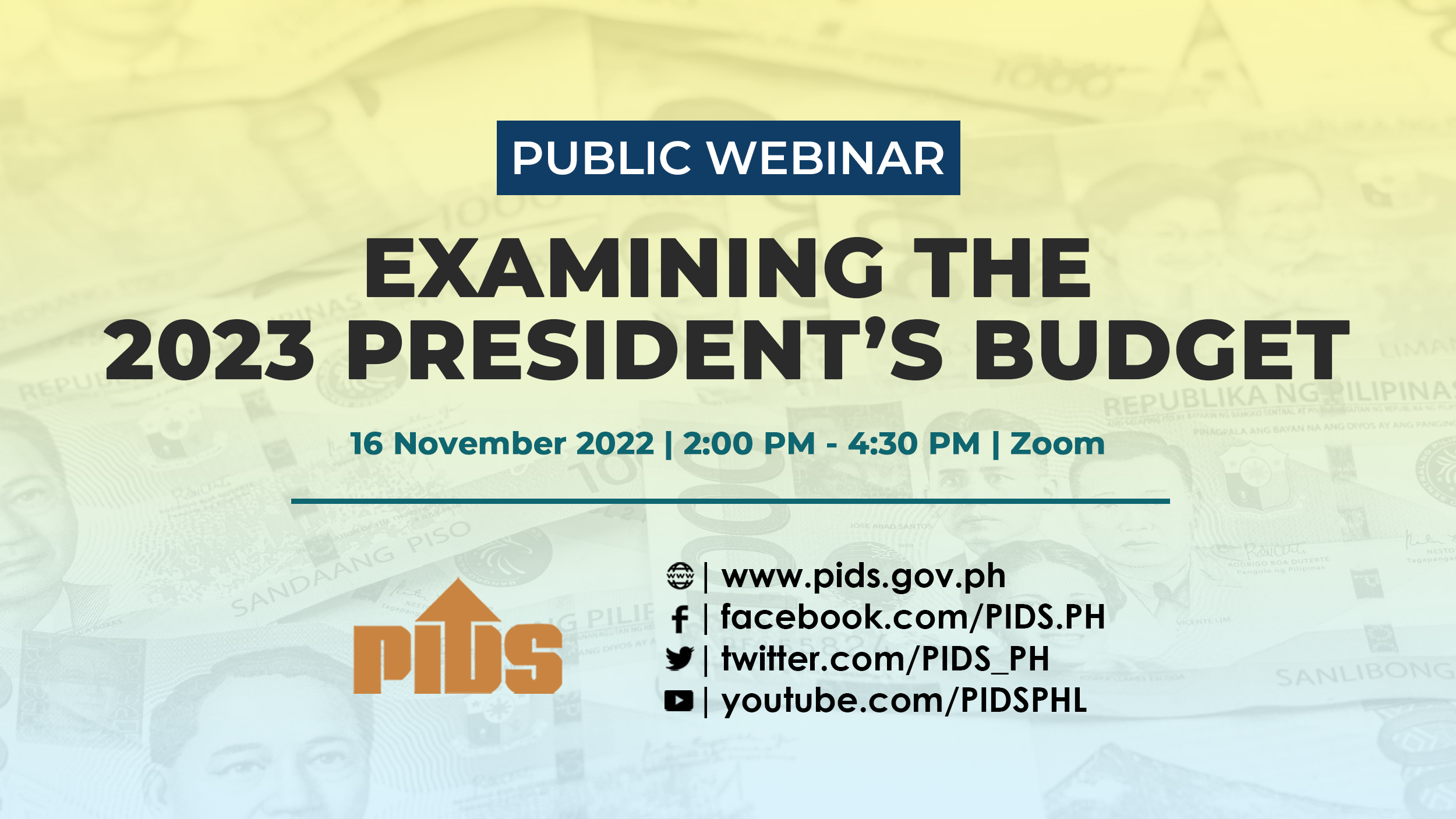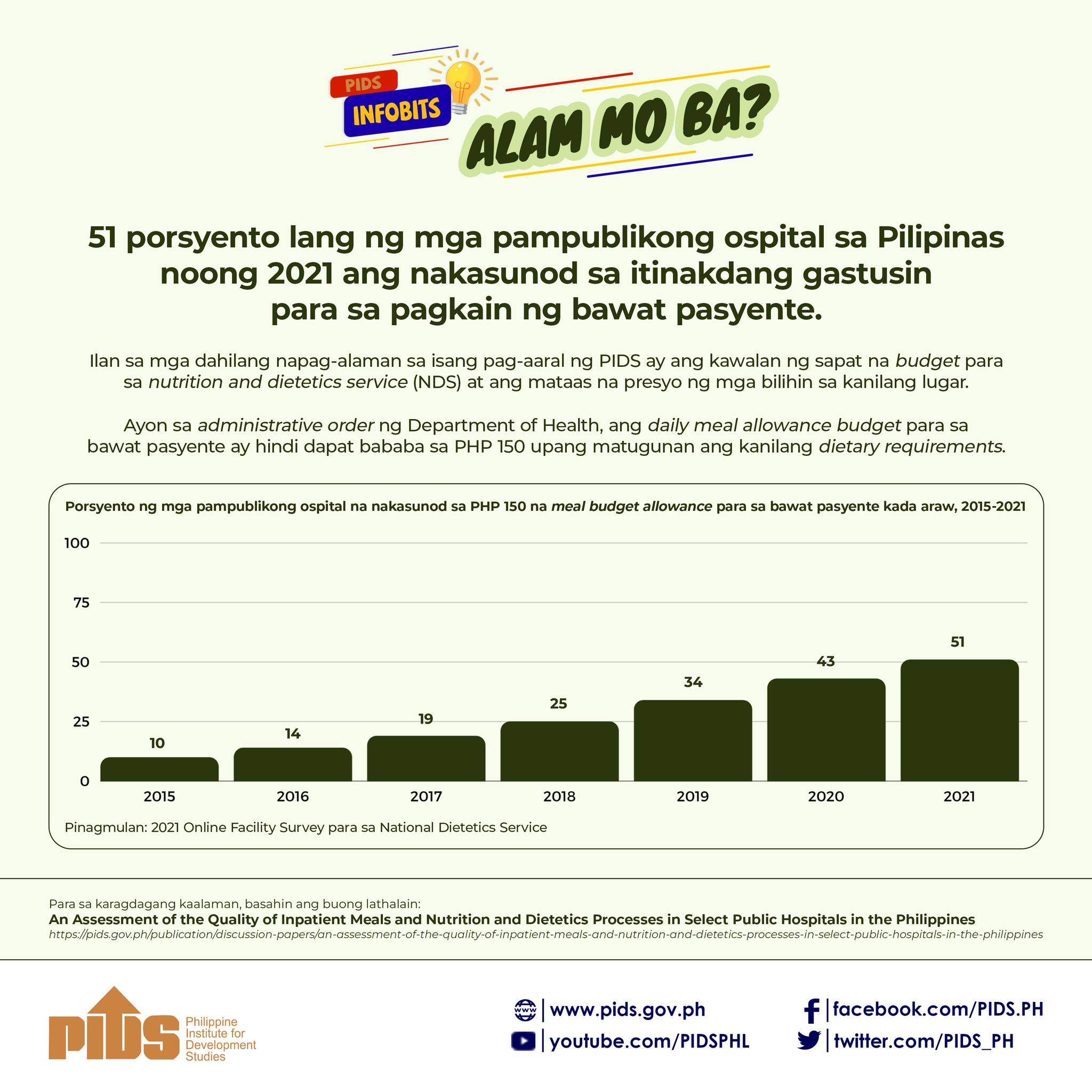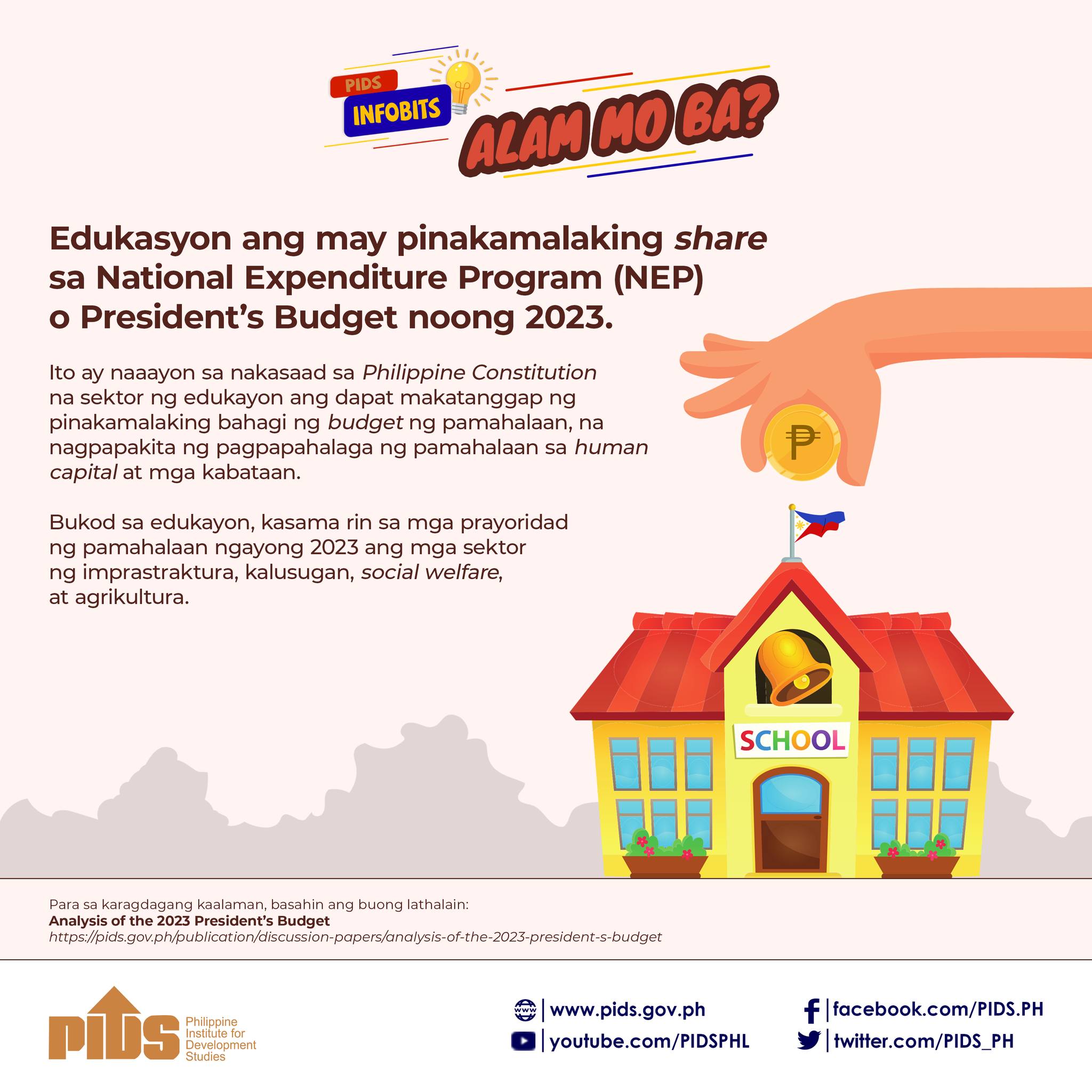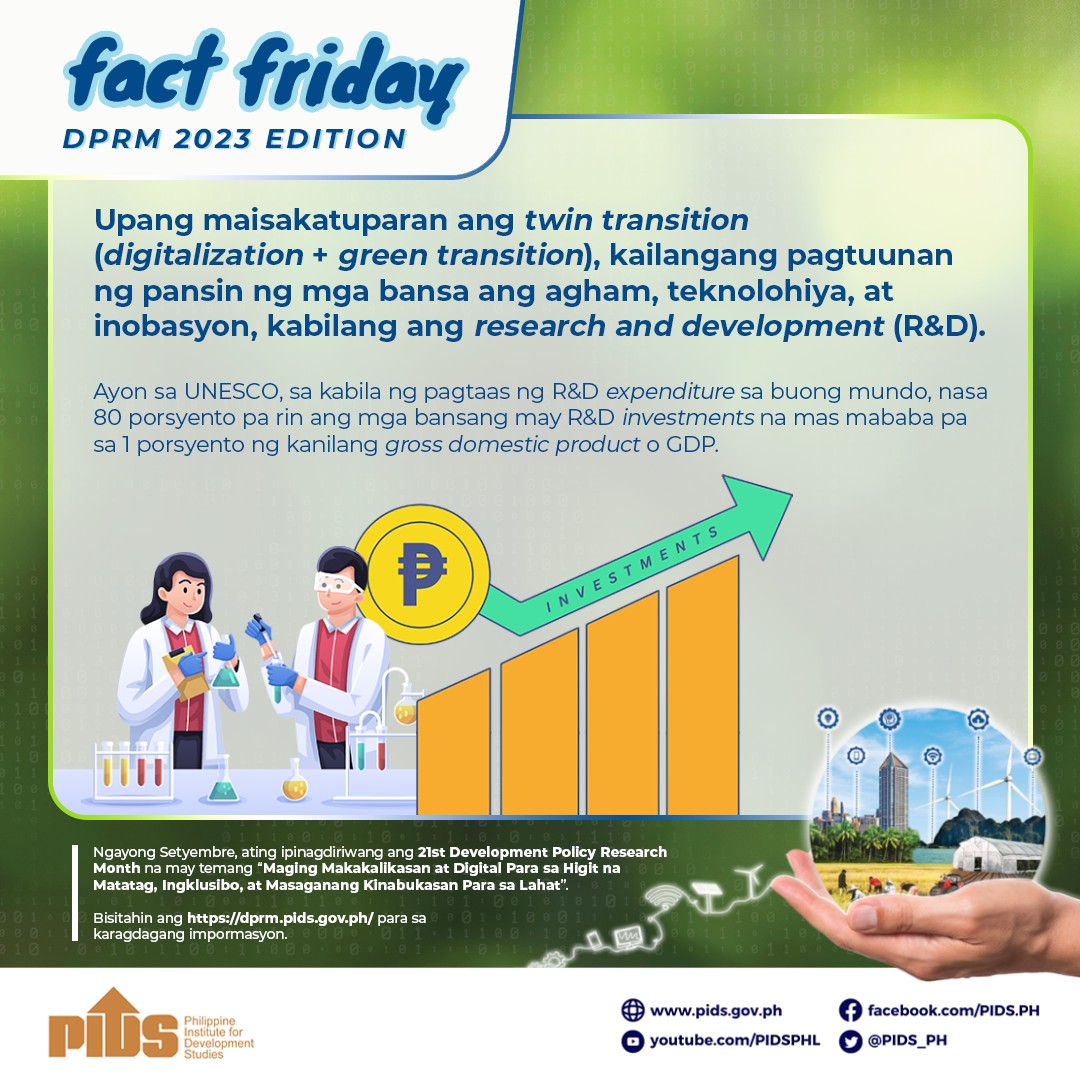MANILA, Philippines — A bigger chunk of the government budget for its reforestation strategy, the National Greening Program (NGP), should go to the maintenance and protection of trees rather than just planting, a lawmaker said on Tuesday, September 25.
The Department of Environment and Natural Resources reported on Tuesday that there was a 78% survival rate of the trees planted under NGP from 2011 to 2016.
When asked to break down the budget allotment for the program, Palawan 2nd District Representative Jose Alvarez, who was speaking on behalf of the DENR during the House plenary debates, said that roughly half of the budget goes to planting while the other half goes to maintenance and protection.
Abang Lingkod Representative Joseph Stephen Paduano computed that the government lost billions of pesos with the 22% of trees that did not survive.
“We should put a bigger budget for the protection and maintenance,” said Paduano. “Kasi with 22% na problema, dapat ang next budget from 2017-2028, we should put a bigger budget for the protection and maintenance.”
(With the problem of 22% trees that did not survive, we should put a bigger budget for the protection and maintenance.)
The NGP aimed to plant 1.5 billion trees by 2016, covering 1.5 million hectares. The target was 85% survival rate. In 2015, former president Benigno Aquino III signed Executive Order No. 139 which targeted to rehabilitate 7.1 million hectares of unproductive, denuded and degraded forestlands from 2016 to 2028.
Many environmental advocates and experts say that reforestation programs should focus on maintenance more than tree planting for sustainability.
Bigger compensation for beneficiaries
Maintenance would include compensation of community partners or beneficiaries tasked to take care of the trees.
Alvarez said that most of the tree-planting initiatives under the NGP are in areas covered by community-based forestry management agreements. Included in this setup are indigenous people living in denuded lands.
According to the DENR, the seedlings are maintained for the first three years they are planted. Beneficiaries are given P3,000 allowance for the first year they are tasked to maintain the land. For the second and third years, they are given P6,000 allowance per year.
Paduano pointed out that this was too low for maintenance work and that the government should increase compensation to encourage them.
“If the DENR can increase it further, that would be better. As I’ve said before, if I am a beneficiary, I’d rather go to the cities and drive a tricycle than get a P3,000 [allowance] for the whole year. The maintenance, that’s the problem,” said Paduano in a mix of Filipino and English.
A study from the Philippine Institute of Development Studies found that the level of participation of communities is also affected by them being seen as beneficiaries rather than partners.
The NGP was not only designed to rehabilitate millions of hectares of forest cover. It was created as an inter-agency project that aimed to alleviate poverty and promote food security.

